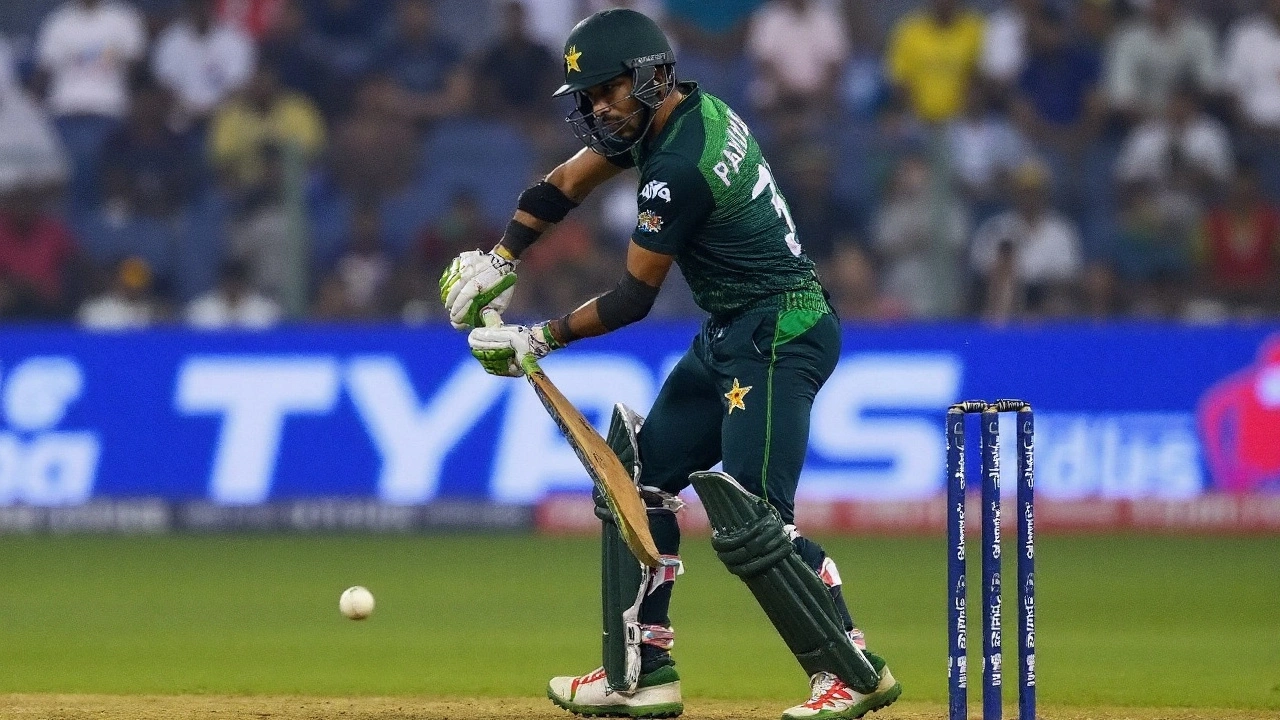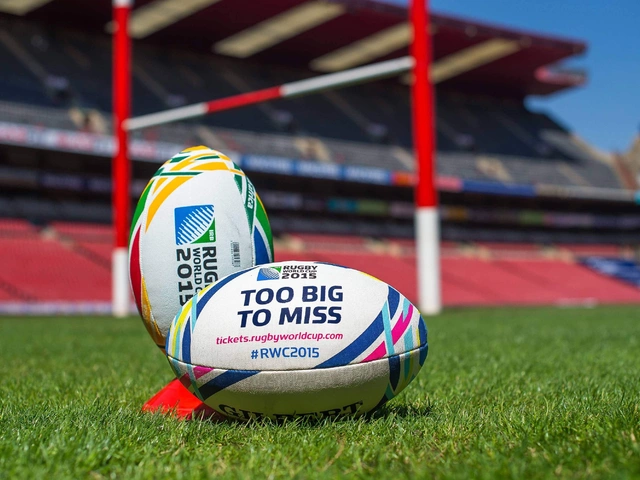Asia Cup 2025 – All You Need to Know
When talking about Asia Cup 2025, the premier Asian rugby championship set for 2025, bringing together the continent's top national sides. Also known as Asian Rugby Championship 2025, it acts as a qualifier for the Rugby World Cup and a showcase for emerging talent.
Why does this matter? Because Asia Cup 2025 isn’t just another trophy – it decides which Asian teams earn a spot at the global stage. The tournament structure mirrors the Rugby World Cup in that both use pool play followed by knockout rounds, but the Asian edition adds regional rivalries that fuel fan passion.
What the Asia Cup Tells Us About Rugby’s Growth
The rise of the Asia Cup reflects a broader Rugby history that began in English schools and spread worldwide in the 19th century. While the sport first blossomed in Europe and Oceania, the last two decades have seen a surge in Asian participation, driven by investment in grassroots programs and the success of nations like Japan.
This historical context matters because the tournament’s format borrows from early European championships but adapts to the logistical realities of Asian travel. Understanding that lineage helps fans appreciate why certain teams emphasize forward play while others focus on speed and agility.
Speaking of speed, a common debate pits rugby players against NFL athletes. While NFL players train for short bursts of explosive speed, rugby athletes need sustained pace across 80 minutes. The training regimes highlighted in our collection of posts show how Asian squads incorporate interval running, core stability work, and functional strength to meet both demands.
For anyone curious about how to prepare for the intensity of the Asia Cup, the basics of Rugby training are surprisingly simple: build a foundation of aerobic fitness, add high‑intensity drills that mimic game scenarios, and never neglect shoulder and neck conditioning. These pillars appear in multiple articles, from beginner guides to seasoned coaches sharing advanced drills.
Another angle many readers enjoy is the comparison between rugby and American football. While both involve tackling and strategic field positioning, rugby’s continuous play and lack of forward passes create a fluid spectacle that the Asia Cup captures perfectly. Knowing the differences helps new fans transition from watching NFL games to cheering on Japan, Hong Kong, or the United Arab Emirates during the tournament.
The Asia Cup also serves as a testing ground for rule tweaks that may later influence the global game. For example, recent trials of shortened scrums and faster line‑out throws aim to keep the action brisk, a direct response to fan feedback gathered during previous Asian editions.
From a fan’s perspective, the tournament offers more than just matches. It’s a cultural exchange where traditional Asian hospitality meets the rugby community’s camaraderie. Events off the field—coach clinics, youth workshops, and fan festivals—reinforce the idea that rugby is as much about community as it is about competition.
Looking ahead, the stakes are high. The top two finishers in Asia Cup 2025 will lock in spots for the next Rugby World Cup, meaning every try, penalty, and turnover carries extra weight. This qualification link forms a clear semantic triple: Asia Cup 2025 qualifies teams for the Rugby World Cup, which in turn decides the global champion.
In short, the Asia Cup weaves together history, training, and international ambition into a single, exciting package. Below you’ll find articles that dive deeper into each of these threads—whether you want a quick rundown of tournament format, a detailed look at player conditioning, or a thoughtful comparison with other sports. Let’s explore what makes this edition of the Asia Cup so compelling.

Pakistan stun Sri Lanka with Nawaz’s sixes to stay alive in Asia Cup 2025 Super Four
In a nail‑biting Super Four clash at Abu Dhabi, Pakistan chased down Sri Lanka's total with a five‑wicket win, thanks to Mohammad Nawaz’s explosive finish. Both sides needed the win after early defeats, and the result thrust Pakistan back into the hunt for a final spot. The match highlighted the thin line between triumph and collapse in T20 cricket.
Sep 24 2025




